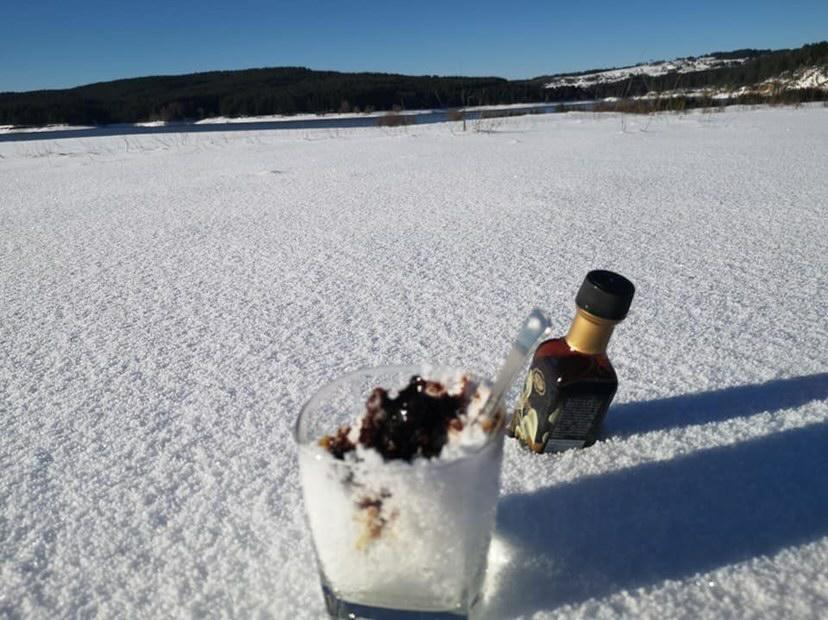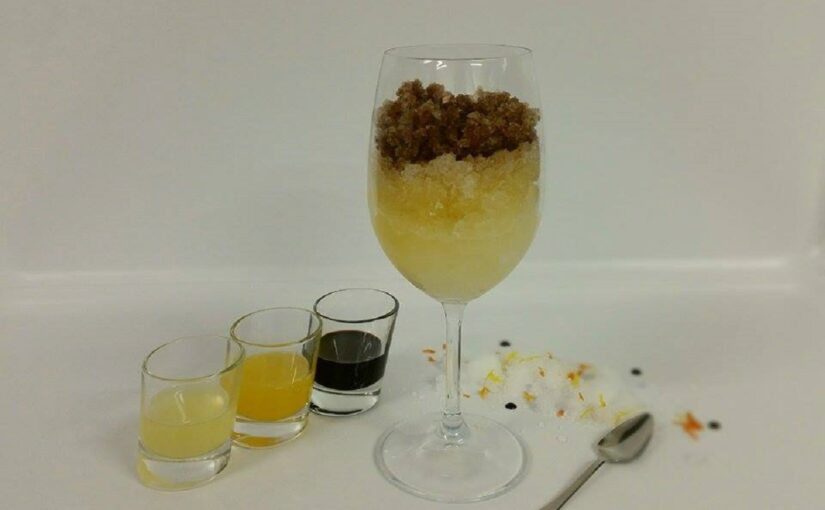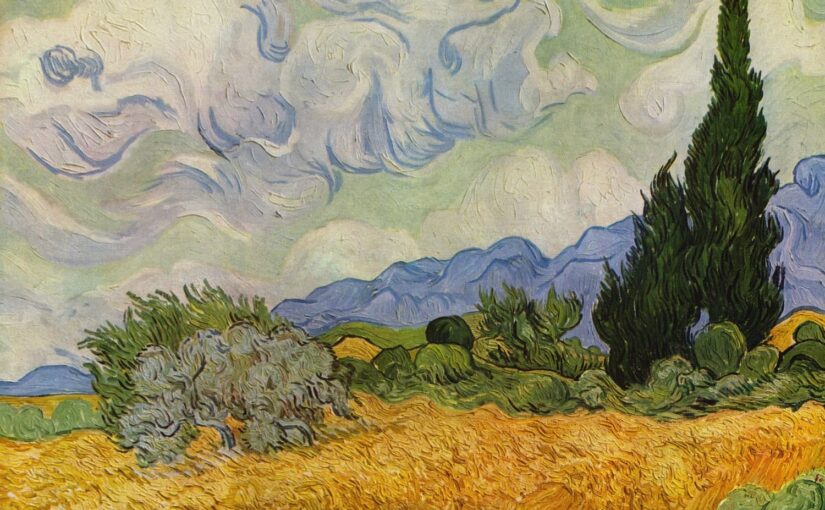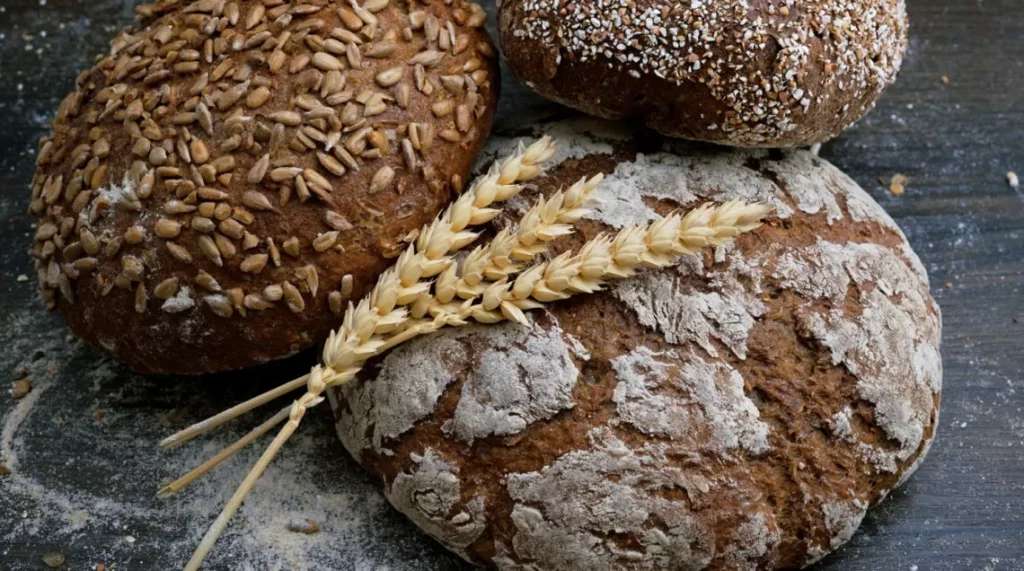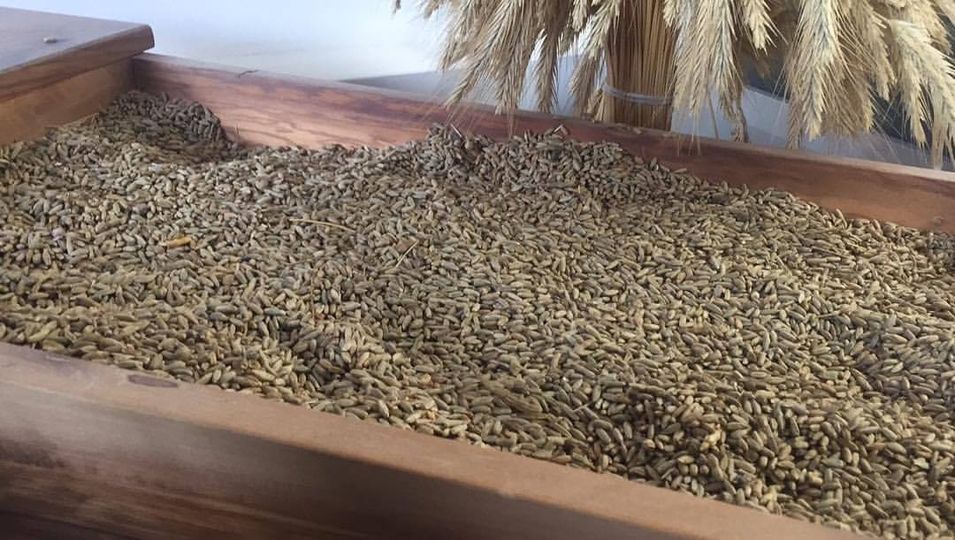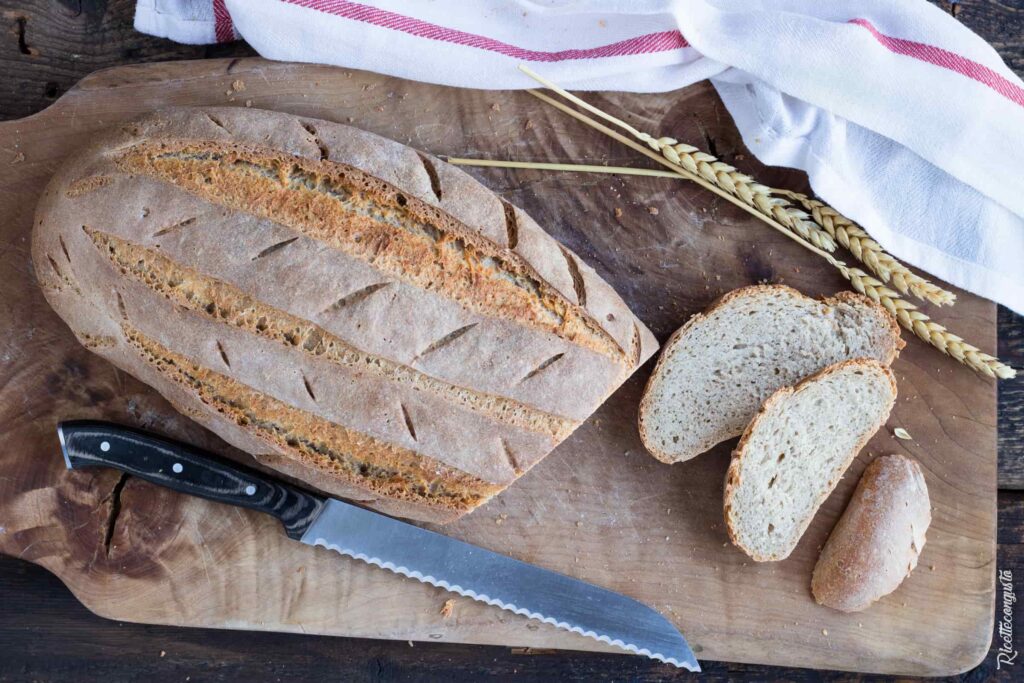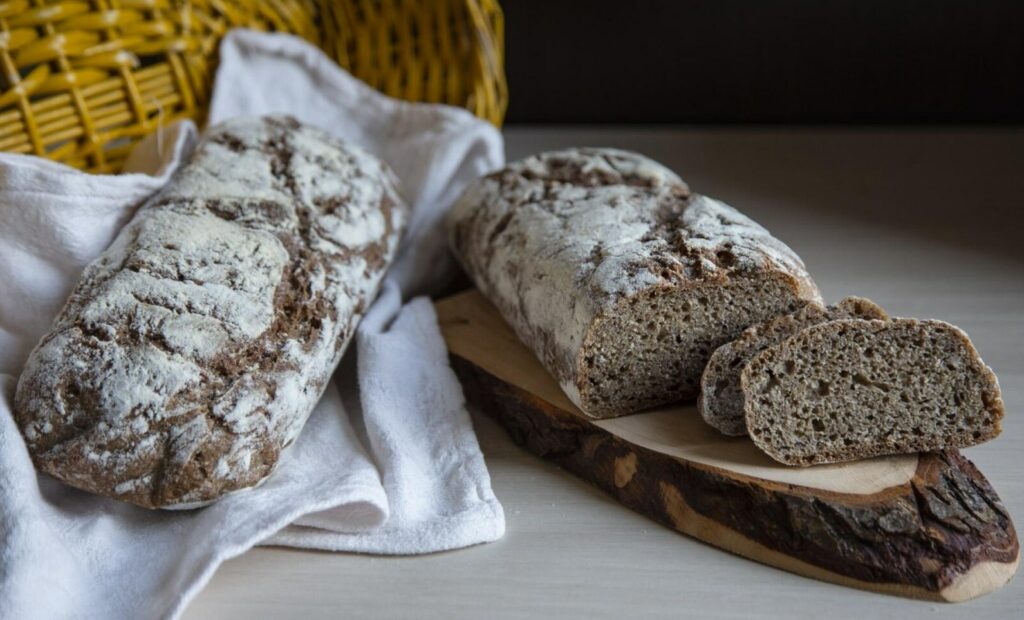25.1.2023
The main ingredient is snow… the purest one, but not the one that has just fallen, but the one called “ciciarusa” in jargon , which is snow that has turned into grains of ice due to the alternation of daytime heat with night frosts, collected in pristine spaces of our beloved Calabria.
The Calabrian scirubbetta , or snow mixed with fig honey or cooked must, is a beautiful custom that is still very much alive in Calabria when the white winter flakes arrive. A preparation as simple as it is ancient, whose origin is lost in the mists of time and is to be considered as the first ice cream in history.

AN ANCIENT TRADITION
The name scirubetta comes from the Turkish “sharbat” which means “beverage”, a term in turn derived from the Arabic “sharbat”, from which the Italian words “syrup” and “ sorbet” also originate. Sharbat in the Middle East is a sweet drink served very cold, of various textures to be savored by the spoonful.

SMAF LTD
Explore our products, coming from CALABRIA. Order the food and beverage products that allow you to explore the Mediterranean diet of a remarkable region. Surrounded by two seas and adorned with pine forests, mysterious villages, natural habitats, and rich biodiversity. Discover handcrafted delicacies that embody the soul of the land: sun-ripened fruits, premium olive oils, bold wines, artisanal cheeses, and traditional cured meats, all crafted with passion and authenticity.
A profound tradition that opens on the primordial form of ice cream and traces of which can be found in any population that has had access to snowy mountain areas. A sort of ice cream for the poor.
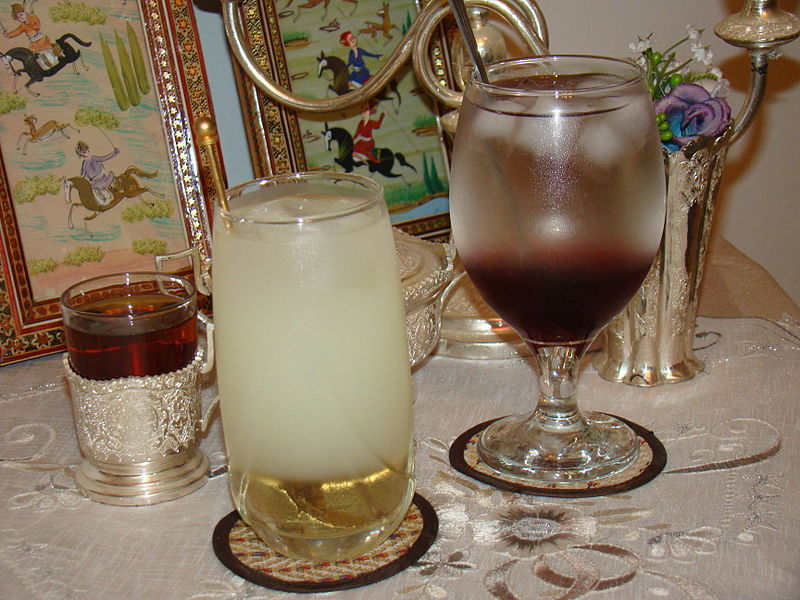
The traditional preparation of the scirubetta involved the collection of snow in a large pot from which it was then redistributed directly into glasses or cups or into a centerpiece tray in which the magical and generous encounter with the sweet fig honey took place, elsewhere popularly called vincotto di fichi or simply cooked with figs, prepared by housewives in the last part of summer.
In some areas of Calabria cooked must was also used. In more recent times, but still daughters of the ancient oriental tradition, the variants of scirubetta di neve with orange juice (winter fruit by definition) or lemon and sugar, or again with coffee and sugar, or finally with chocolate.
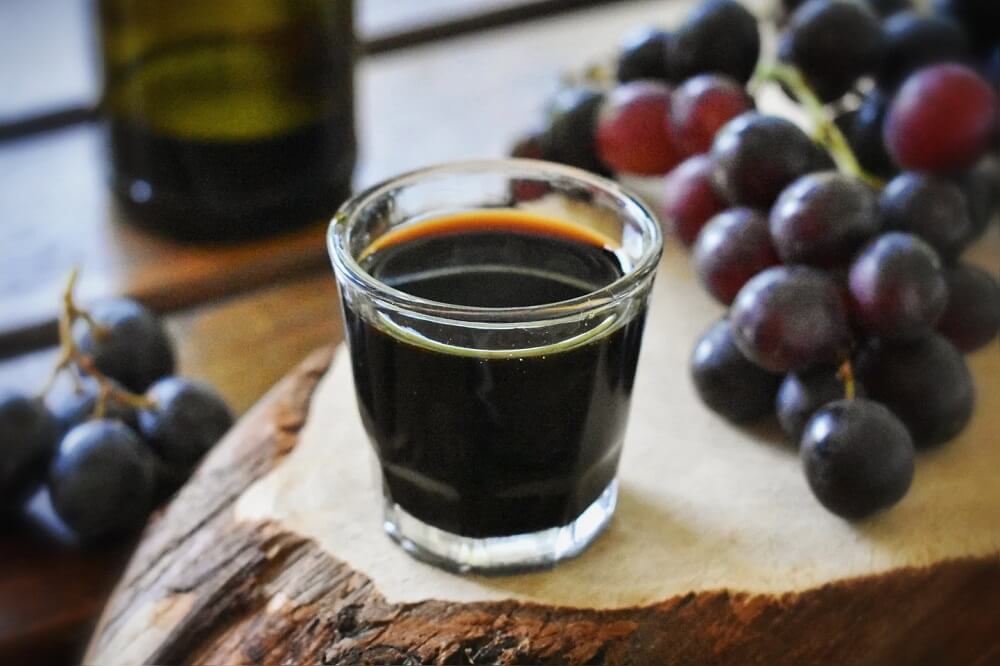
THE ICE CREAM ARCHETYPE
The definition of granita is inadequate, since it was made through the processing of long slabs of ice, using a special machine. It is not even a sherbet, as it is made with the addition of milk and other ingredients. Scirubetta is, in truth , the oldest form of ice cream and, probably, Calabria was one of the first regions of southern Italy (thanks to its mountain ranges) where this preparation was experimented and conceived for the first time.
Suffice it to say that about a century ago, in the historic center of Cosenza there was a street called the “vineddra da nivi” (today Via Spirito Santo) where the snow collected in the Sila was sold to allow citizens to savor the scirubetta, rigorously prepared with cooked fig honey (better known as fig honey) or, alternatively, cold coffee or orange juice.

A KEY INGREDIENT: FIG HONEY
The fig honey is a 100% natural condiment, obtained by boiling figs, and still made today, following the ancient Cosenza recipe, through a long manual process that involves the use only of Cosenza DOP figs and water, without addition of preservatives, dyes or thickeners. The yield is very low considering that around 25kg of figs are needed to obtain 7 litres.
Specifically, the figs are boiled in water for more than 12 hours after which they are pressed, process which takes place in the press, the extract obtained is then brought to the boil again for about 8 hours or in any case until it takes on a dark color and the characteristic smell. “The secret for a top quality honey is to use raw materials coming only from the best local crops and work them, strictly by hand, according to the ancient recipes jealously guarded only by the best producers.
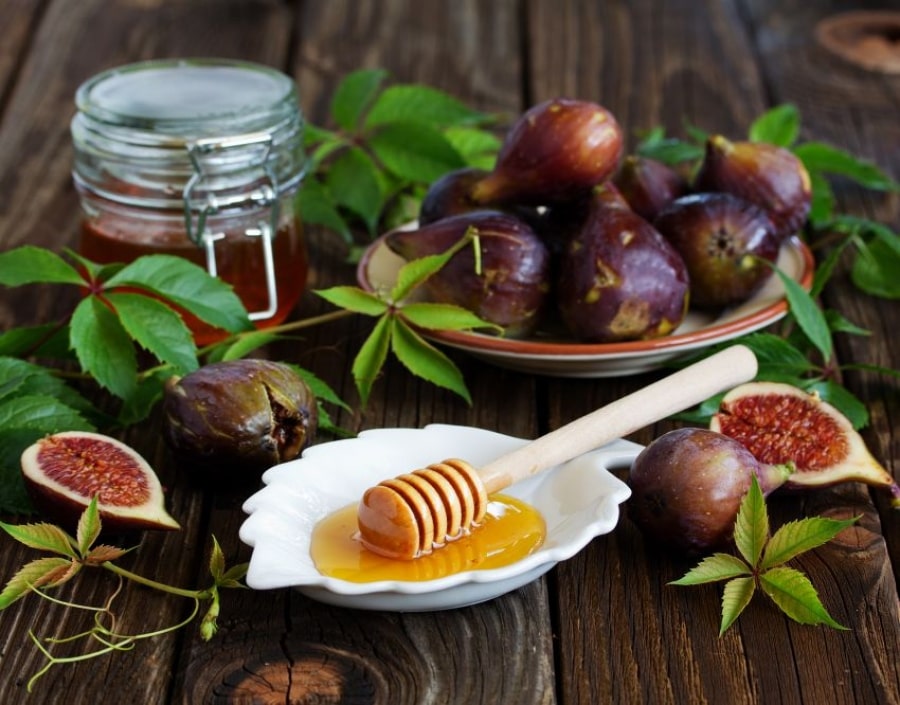
In addition to the preparation of the scirubetta and the typical Calabrian sweets ( turdilli , scalille , etc.), its use in the kitchen is vast. It is delicious on ice cream, cheese or fruit salad. But its flavor makes it a perfect condiment also to accompany meat and fish dishes.
It is also important to underline the therapeutic properties of this precious and sweet liquid, used since ancient times as an expectorant, to cure coughs and colds.
